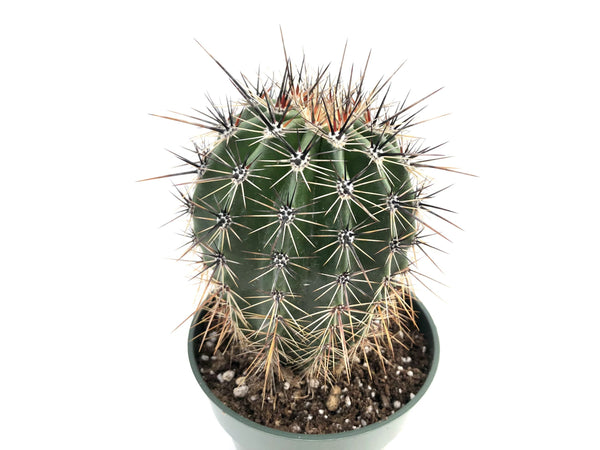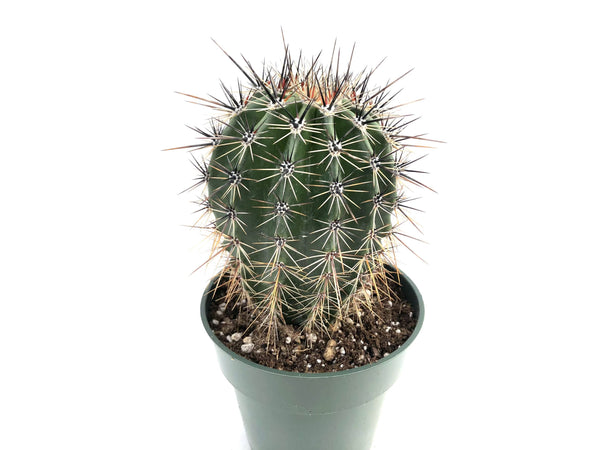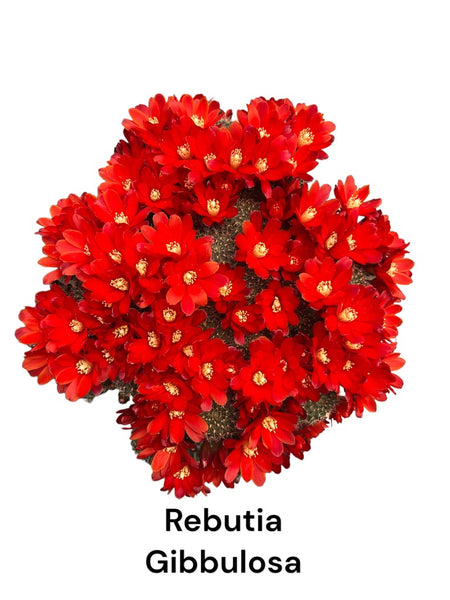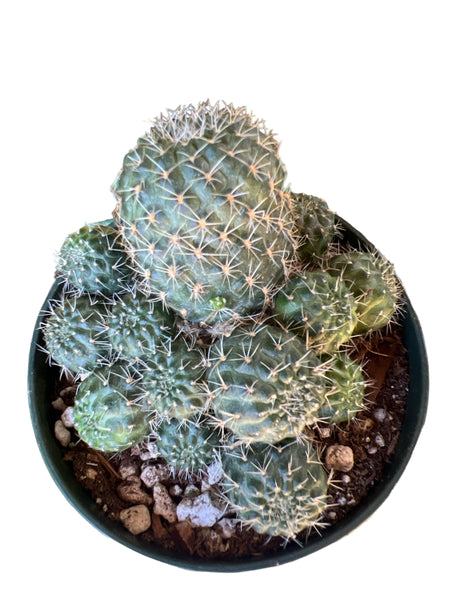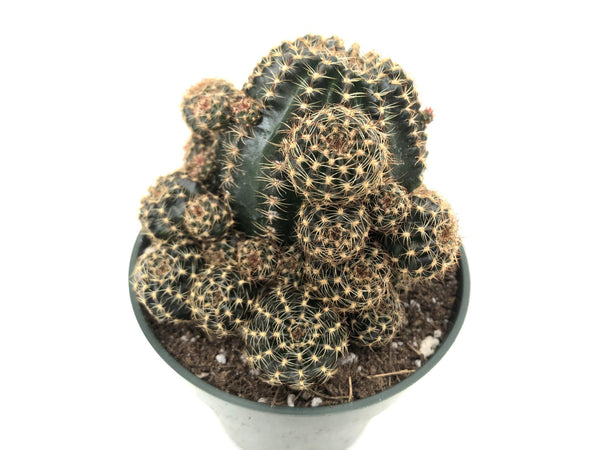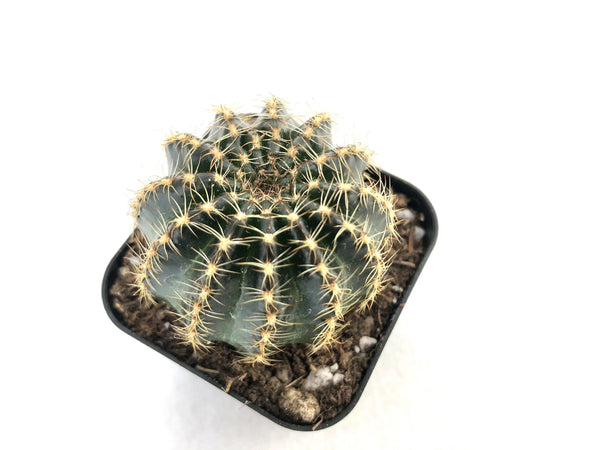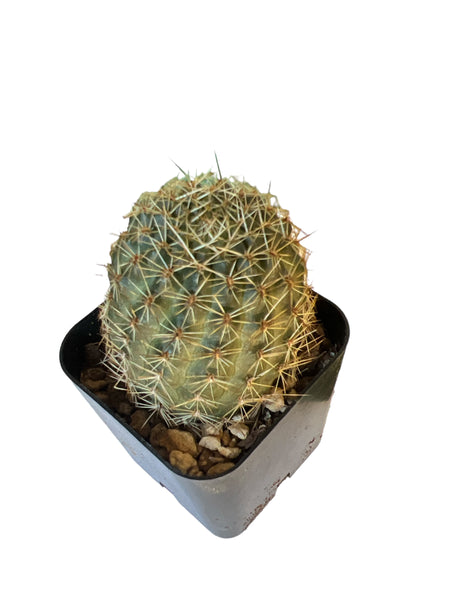Echinofossulocactus Crispatus x 130
$5.49
Echinofossulocactus crispatus, also known as Stenocactus crispatus or the Brain Cactus, is a fascinating and distinctive species of cactus native to the deserts of central and northern Mexico, including regions like Hidalgo, Queretaro, Veracruz, Oaxaca, and Puebla.
This cactus is characterized by its unique ribbed structure, which resembles the folds of a brain. The stem is globose to short-cylindric, reaching up to 20 cm in height and 10 cm in width, with a bluish-green to dark olive-green color. The ribs are thin, wavy, and can number between 25 to 80, creating an attractive and intricate pattern. The spines are variable in shape and length, with central spines ranging from 1 to 10 cm in length and radial spines from 0.5 to 1 cm.
Echinofossulocactus crispatus produces small, funnel-shaped flowers that bloom from late winter to early spring. These flowers are typically pale pink with purple or violet mid-veins. The cactus thrives in well-drained soils and prefers bright light, although it can tolerate partial shade. It is drought-tolerant and requires minimal watering, especially during its dormant winter period.
- Light: This cactus thrives in bright sunlight and can handle full sun. If grown indoors, place it near a south-facing window to ensure it gets ample light.
- Water: During the growing season (spring to fall), water thoroughly but let the soil dry out almost completely between waterings. In winter, reduce watering significantly as the plant goes into dormancy.
- Soil: Use a well-draining cactus mix, possibly combined with coarse sand or other grit to prevent water logging.
- Temperature: It prefers warm temperatures, ideally between 21°C to 32°C (70°F to 90°F) during the day. It can tolerate temperatures down to about -7°C (20°F), but it's best to keep it within a range of 10°C to 15°C (50°F to 59°F) during the winter.
- Fertilizer: Feed with a cactus fertilizer during the growing season. Suspend feeding during the dormant winter period.
- Repotting: Repot as needed, preferably during the warm season. Ensure the soil is dry before repotting, and treat any cuts with a fungicide.
This species is not only admired for its unique appearance but also for its resilience and adaptability, making it a popular choice among cactus enthusiasts and collectors.








